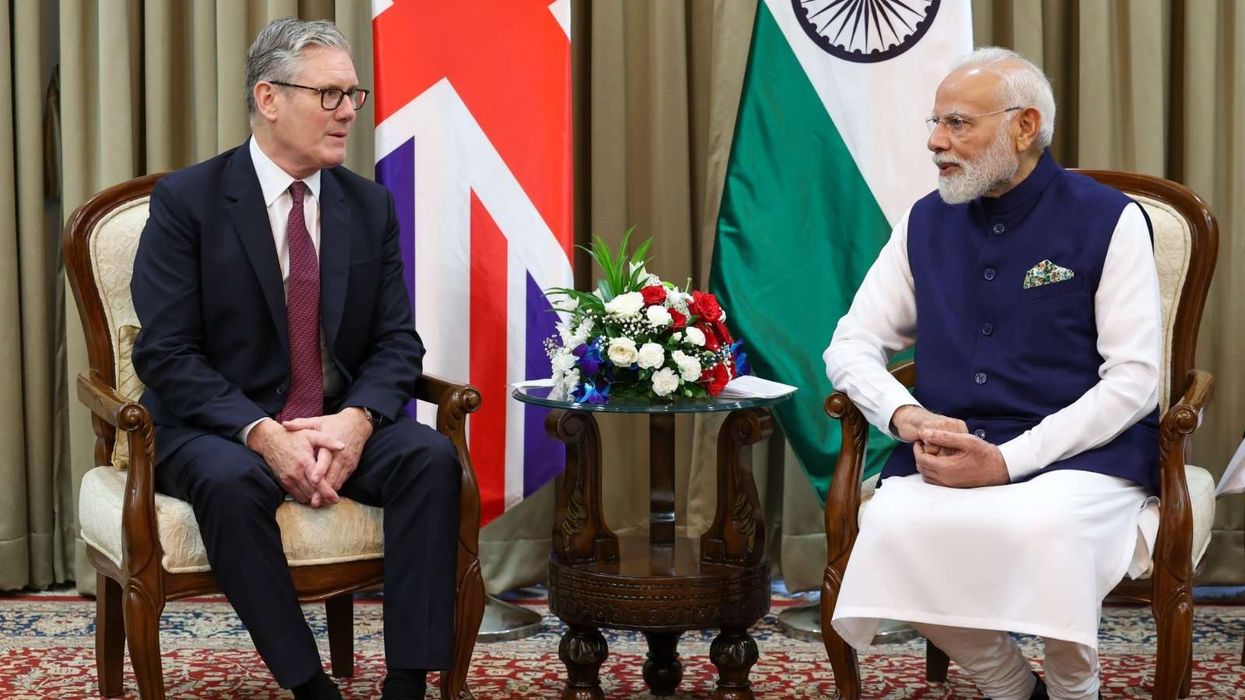WHETHER it is singing classics from the golden era of Bollywood or his immense body of work in diverse languages, genres and musical styles, Sonu Nigam has a phenomenal number of hit songs to his name.
That brilliant body of work combined with a natural vocal ability and mastery on stage make his concerts truly special. The popular singing star returns to the UK with a full live band for two shows at OVO Arena in London on March 31 and Morningside Arena in Leicester on April 1.
Eastern Eye looked ahead to the shows by preparing a playlist of his Bollywood hits, listed in chronological order, knowing there are many more.
Sandese Aate Hai from Border (1997): The song about frontline soldiers missing loved ones has lost none of its power 26 years later. The duet with Roop Kumar Rathod is an iconic musical number filled with emotion that reaches deep into your heart. It was a star-making moment for the singer.
Satarangi Re from Dil Se (1998): This multi-layered musical masterpiece composed by AR Rahman was brought brilliantly to life by the superb singer. There is so much going on from the catchy music, to changes of paces and vocal breaks featuring Kavita Krishnamurthy, in a song that still has plenty of power.
Panchhi Nadiyan Pawan Ke Jhonke from Refugee (2000): Nigam and Alka Yagnik received multiple award nominations for this stunning duet. The standout musical moment in this cross-border drama won Javed Akhtar a National Award for Best Lyrics. The love song filled with feeling was wasted on a movie very few watched.
Suraj Hua Maddham from Kabhi Khushi Kabhie Gham (2001): One of the greatest love songs of all-time oozes romance from start to finish. The delightful duet with Alka Yagnik perfectly puts across deep feelings of love and 22 years later, we still can’t get enough of it.
Kal Ho Naa Ho title track (2003): Arguably, the greatest song of the popular singer’s career won him multiple awards. The deeply meaningful number driven by feeling, emotion, and an inspiring message is more needed than ever. It remains a magical moment whenever he performs it live.
Tumse Milke Dil Ka from Main Hoon Na (2004): Although he is known for slow emotional numbers, Nigam has consistently shown his ability to light up something more upbeat like this top tune. His vocal acrobatics on this catchy song show off his skill and provide pure entertainment.
Do Pal from Veer Zaara (2004): This phenomenal duet about the pain of separation teamed Nigam up with legendary singer Lata Mangeshkar. Both vocally complement each other wonderfully well on a song that appeals to all ages. What made this top track extra special was that it was composed by the late Madan Mohan.

Kabhi Alvida Naa Kehna (2006): The film has two outstanding duets from Nigam and Alka Yagnik, including phenomenal love song Tumhi Dekho Naa. The title track makes this list because it has that universal emotion, of not wanting a loved one to ever say goodbye. Both singers add feeling to a musically rich number marvellously well.
Main Agar Kahoon from Om Shanti Om (2007): The talented singer once again used him immense skill of adding feelings of love with this romantic duet. He makes the lyrically rich song relatable and leads beautifully into a great vocal from Shreya Ghoshal. The timeless quality of this song makes it remain relevant.
Phir Milenge Chalte Chalte from Rab Ne Bana Di Jodi (2008): Having made a name for himself singing classics from the golden era of Bollywood, Nigam was the only singer, who could have sung this entertaining song. He glides across different decades of Hindi cinema with a song that has clever nods to familiar hits from the past.
Abhi Mujh Mein Kahin from Agneepath (2011): One of the singer’s personal favourite songs is another illustration that few can do raw emotion quite like him. The heartfelt love song is powered by a deeply philosophical message that has connected with anyone who has ever felt love for someone.
Kahani from Laal Singh Chaddha (2022): The Indian adaptation of Hollywood film Forrest Gump added to the life-affirming songs sung by the incredible singing talent with his version of this soothing musical gem. He shows less can be more on a song that makes you love life.
The Sonu Nigam Show is on at OVO Arena, Arena Square, Engineers Way, London HA9 0AA on Friday March 31; and Morningside Arena, 31 Charter Street, Leicester LE1 3UD on April 1. www.ticketmaster.co.uk
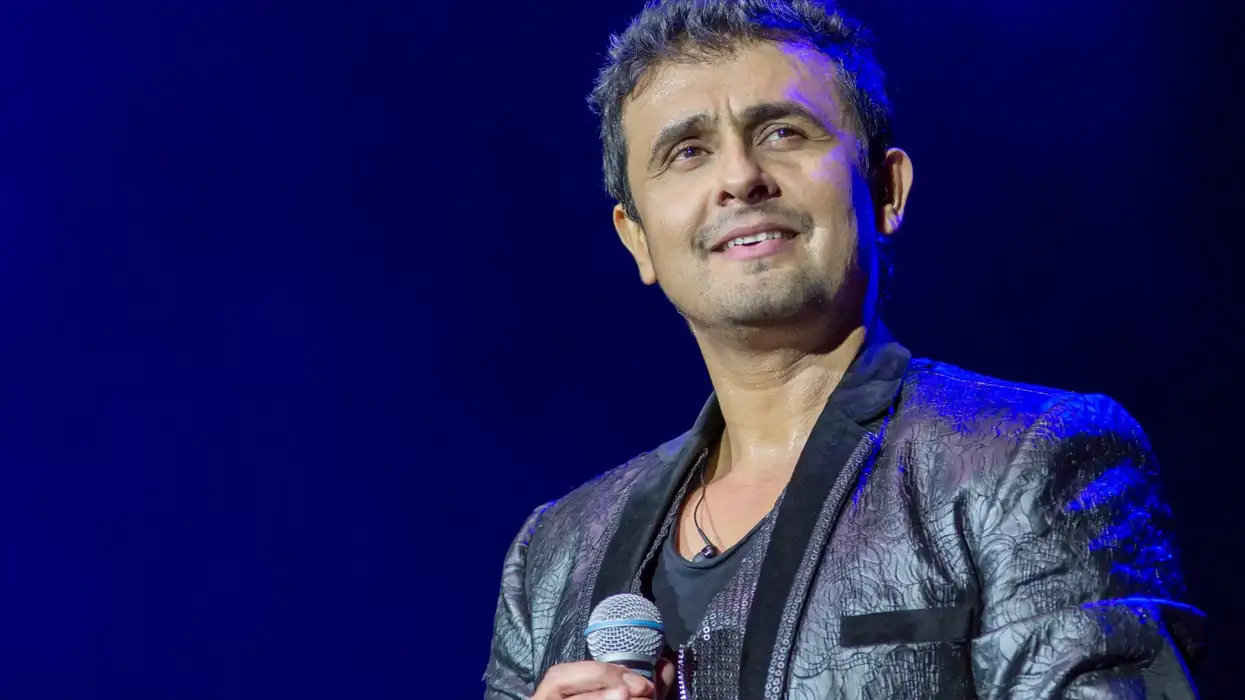

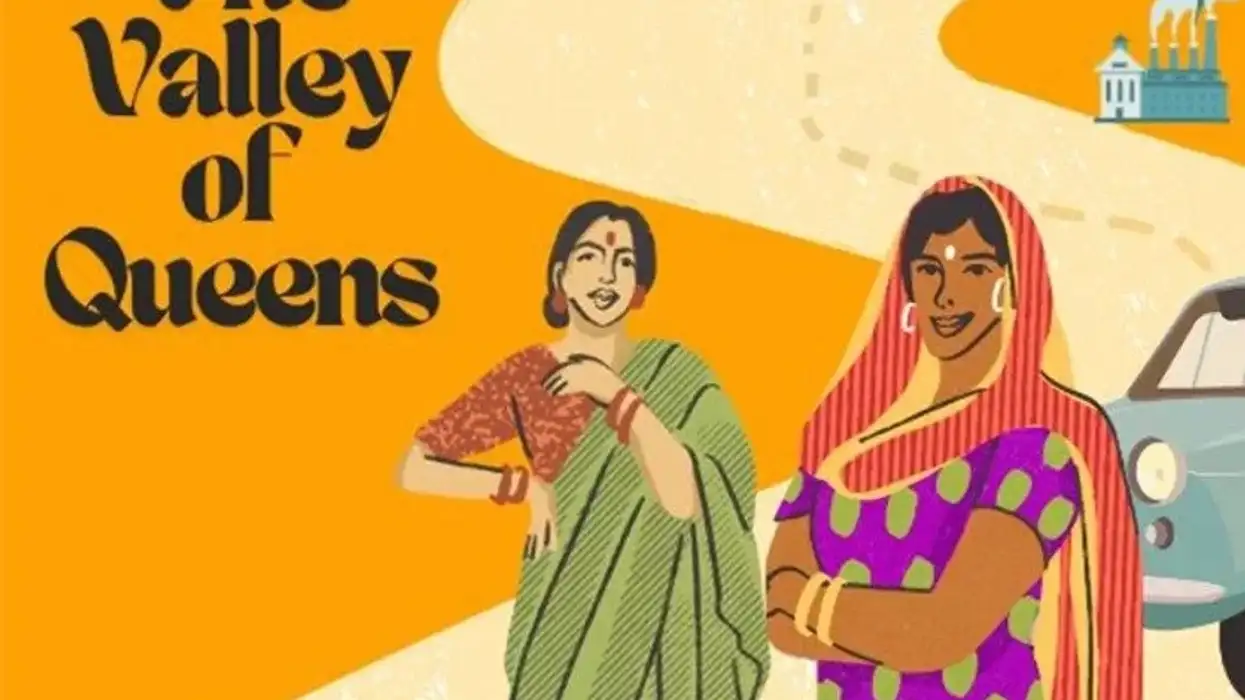
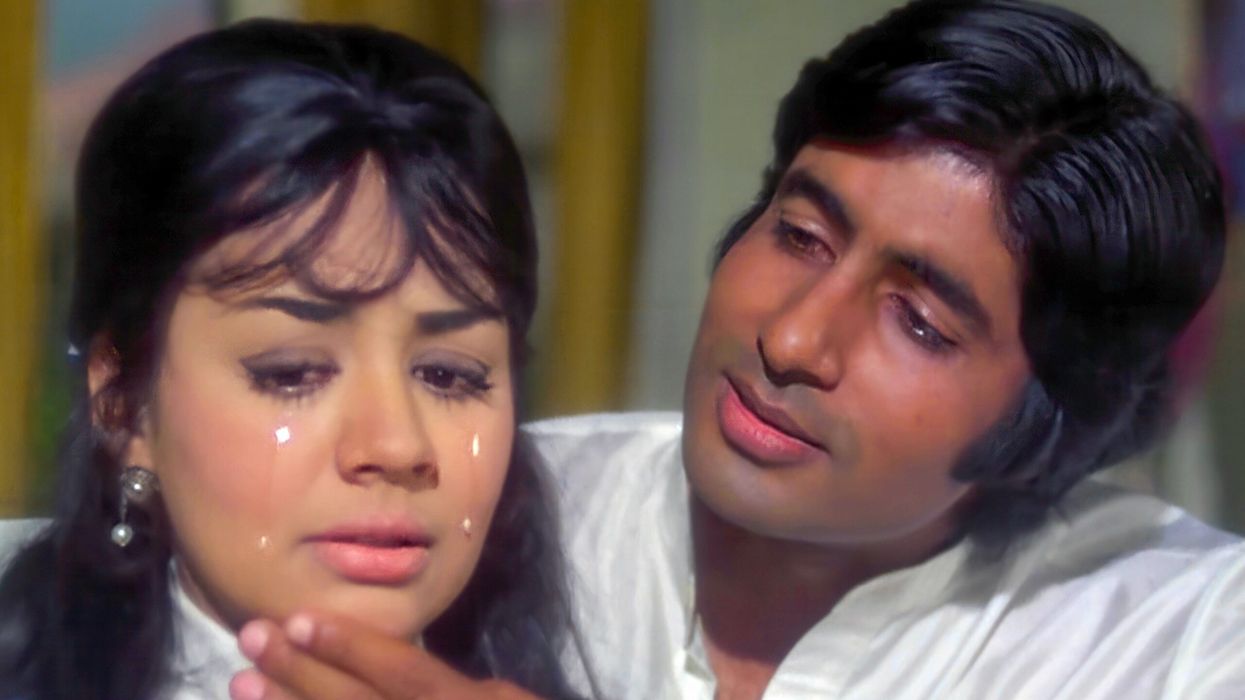
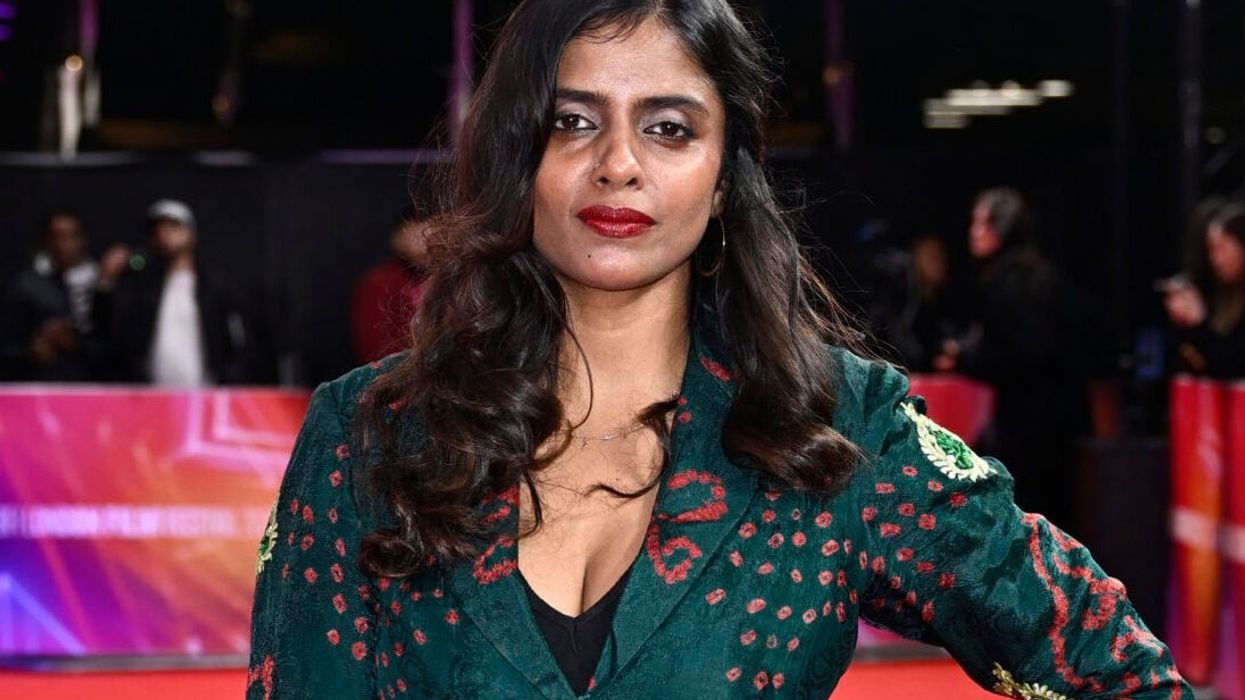
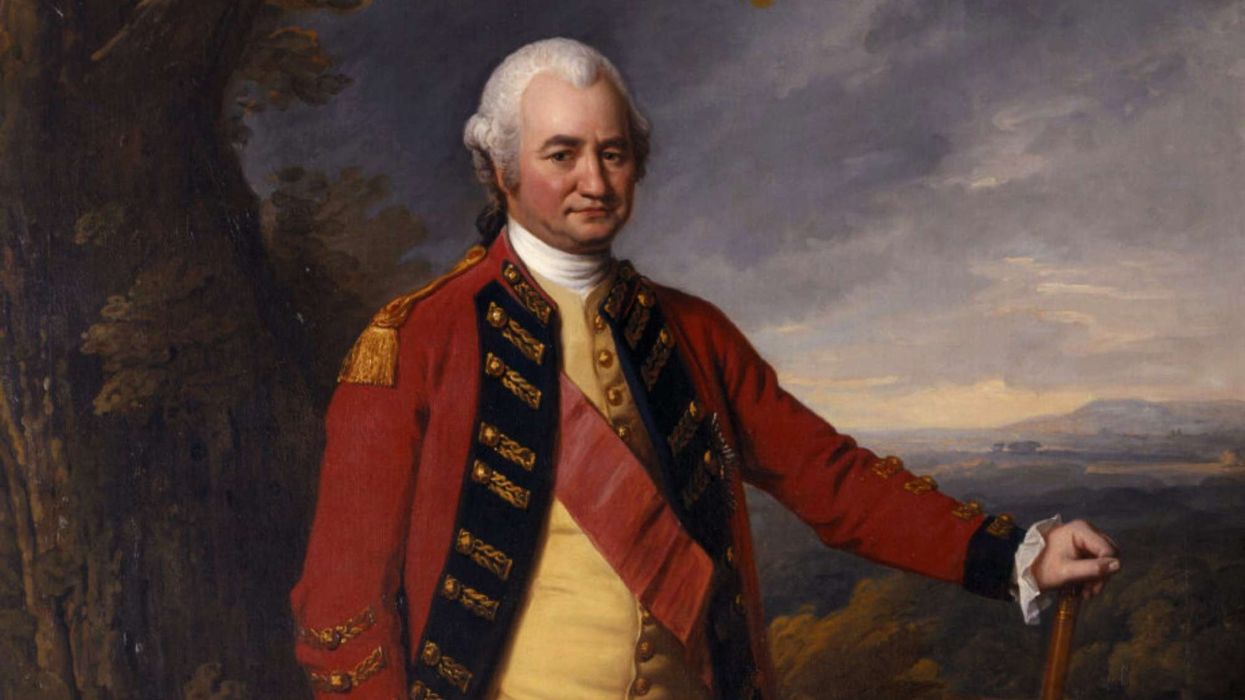
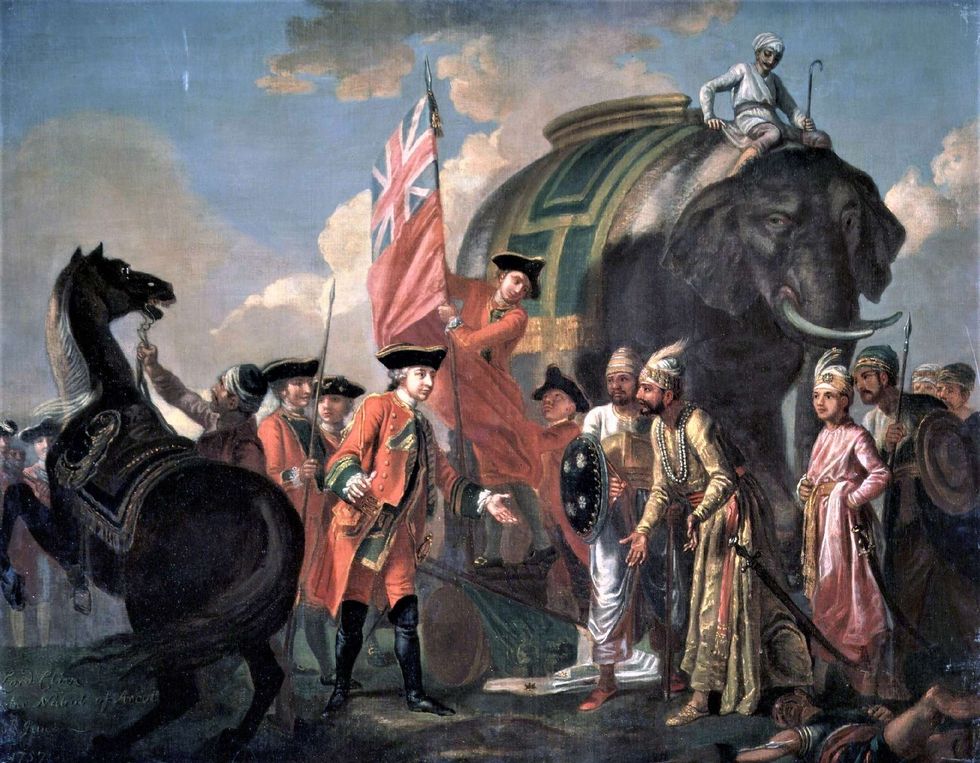 Clive meeting Mir Jafar after the Battle of Plassey 1757
Clive meeting Mir Jafar after the Battle of Plassey 1757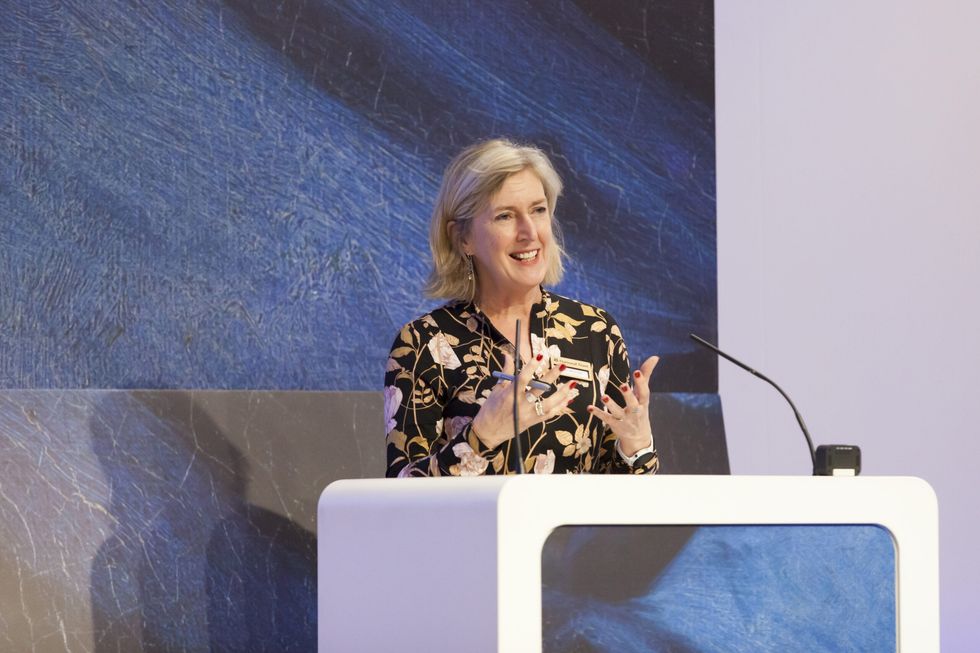 National Trust director general Hilary McGrady
National Trust director general Hilary McGrady  Powis Castle photo of four Clive dominates Hindu Gods
Powis Castle photo of four Clive dominates Hindu Gods 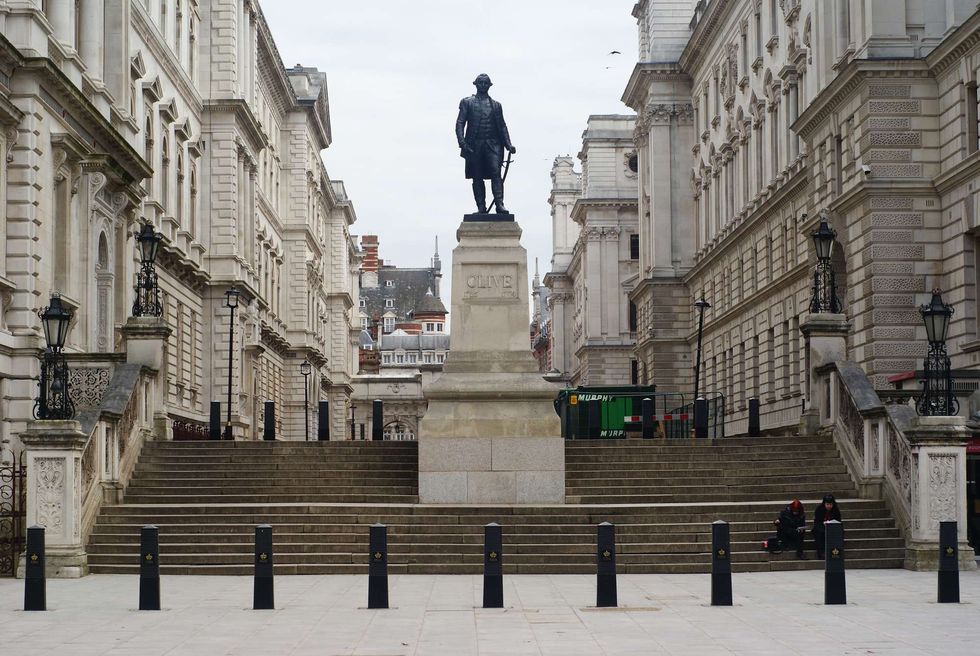 Clive of India at Foreign Office entrance
Clive of India at Foreign Office entrance 





